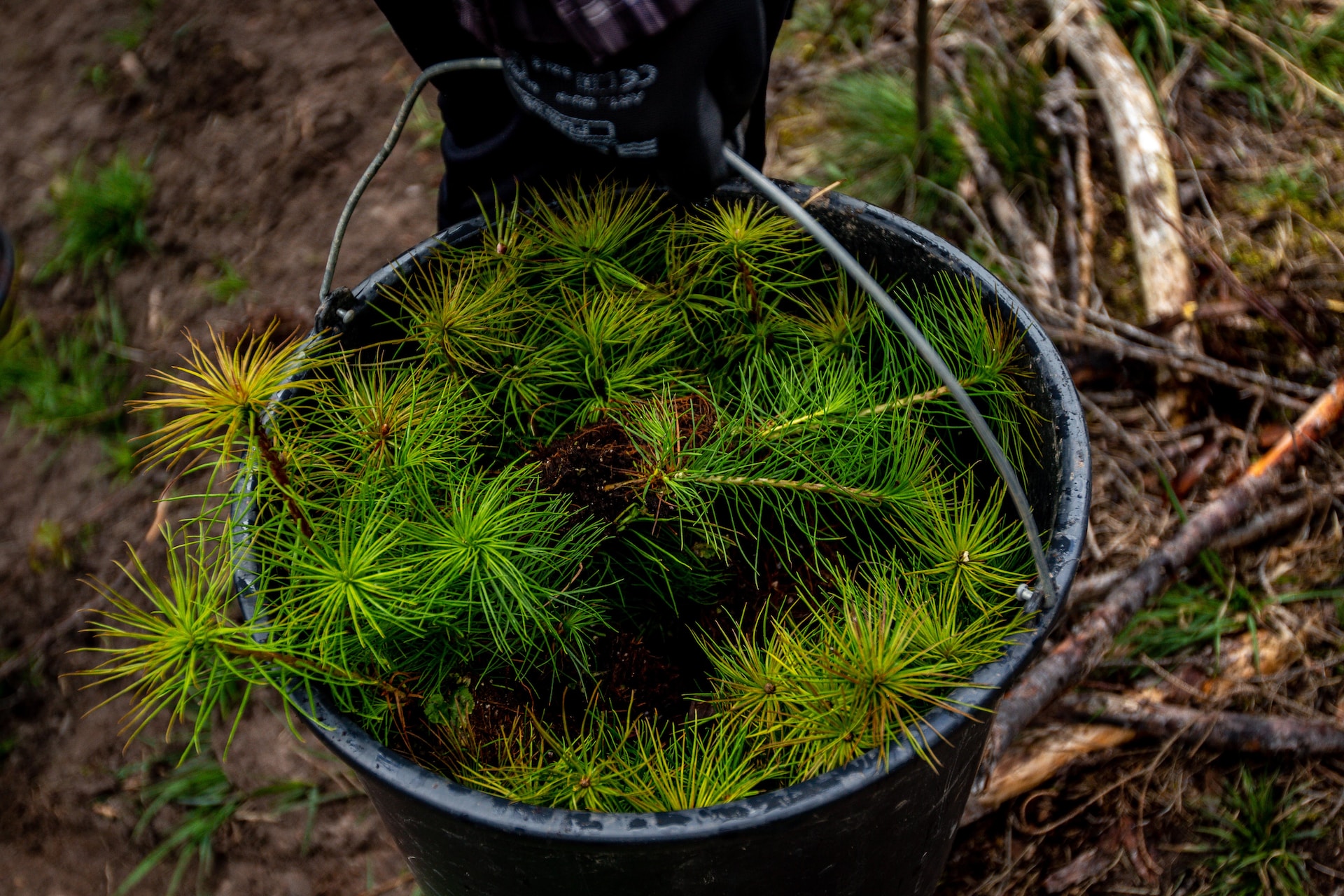Understanding the Importance of Maintaining Optimal Temperature in a Small Greenhouse
Did you know that each plant species flourishes best in a particular temperature range? Tomatoes love a warm environment, while lettuce can thrive in cooler settings. Keeping a constant and ideal temperature in your small greenhouse is not just important, it’s essential for your plants’ health and productivity.
Understanding that each plant has its ideal conditions is key to producing robust, healthy plants. According to informative resources from Biogreen, temperature fluctuations can challenge plant health, causing stress that reduces growth and yield. By providing optimal temperatures, youll ensure your plants are thriving and not just surviving!
Techniques to Regulate Temperature in a Small Greenhouse
There’s an array of methods to control temperature in a small greenhouse. Insulation is a good start it screens your plants from sudden temperature drops during colder months. Ventilation, or the exchange of indoor and outdoor air, is integral too. It helps regulate temperature and maintain fresh air circulation for your plants.
During hotter periods, shading can be useful to shield plants from excessive sunlight. Meanwhile, heater systems such as greenhouse heaters with thermostats come in handy during colder months. These allow you to maintain a consistent temperature, aiding your plants’ growth and development.
Balancing Humidity Levels in a Small Greenhouse
Humidity plays a huge role in plant growth too. It affects the rate at which plants lose water, impacting their nutrient uptake. Incorrect humidity can cause problems like fungal diseases or water stress. Maintaining the right humidity level is key to vigorous plant growth.
Here are a few tips to maintain ideal humidity levels:
- Install a hygrometer to monitor humidity levels.
- Use ventilation or a dehumidifier to reduce high humidity.
- For low humidity, introduce water sources like a tray of water.
The Role of Aquaponics in a Small Greenhouse
Ever heard of aquaponics? It’s an innovative way to grow plants in a water-based, nutrient-rich solution, without soil. Instead, it works with fish to create a miniature ecosystem. The fish waste provides organic food for the plants, and the plants naturally filter the water for the fish.
There are numerous benefits of incorporating aquaponics into a greenhouse system. It uses less water, is organic and sustainable, and promotes faster plant growth. In short, when used correctly, this technique can create an optimal environment for both plants and fish in your small greenhouse.

